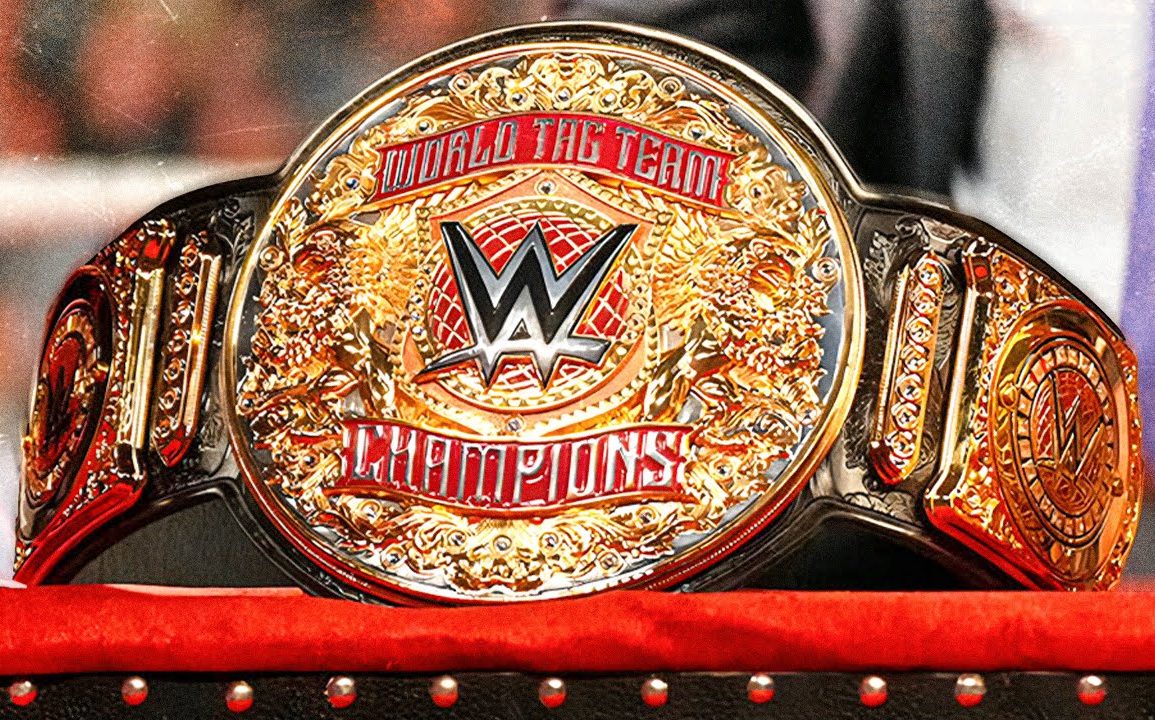WWE has introduced numerous championships over the years, with many standing the test of time — like the WWE Championship and Intercontinental Championship. However, not every title gets the opportunity to leave a lasting legacy. Some championships arrive with exciting potential, only to be discontinued before they can fully thrive. Whether due to creative changes, company direction, or brand shifts, several titles were retired while fans were still invested in what they represented. These championships had unique roles and could have added incredible depth to WWE programming if given more time.
This list highlights four championships that WWE let go of too soon — titles that could have continued to offer compelling storytelling, opportunities for superstars, and fan excitement. From tag titles that were perfect for growing rosters to mid-card belts with rich potential, here are the WWE championships that deserved a longer run.
1. WWE Cruiserweight Championship (2016–2022): A New Era Cut Short
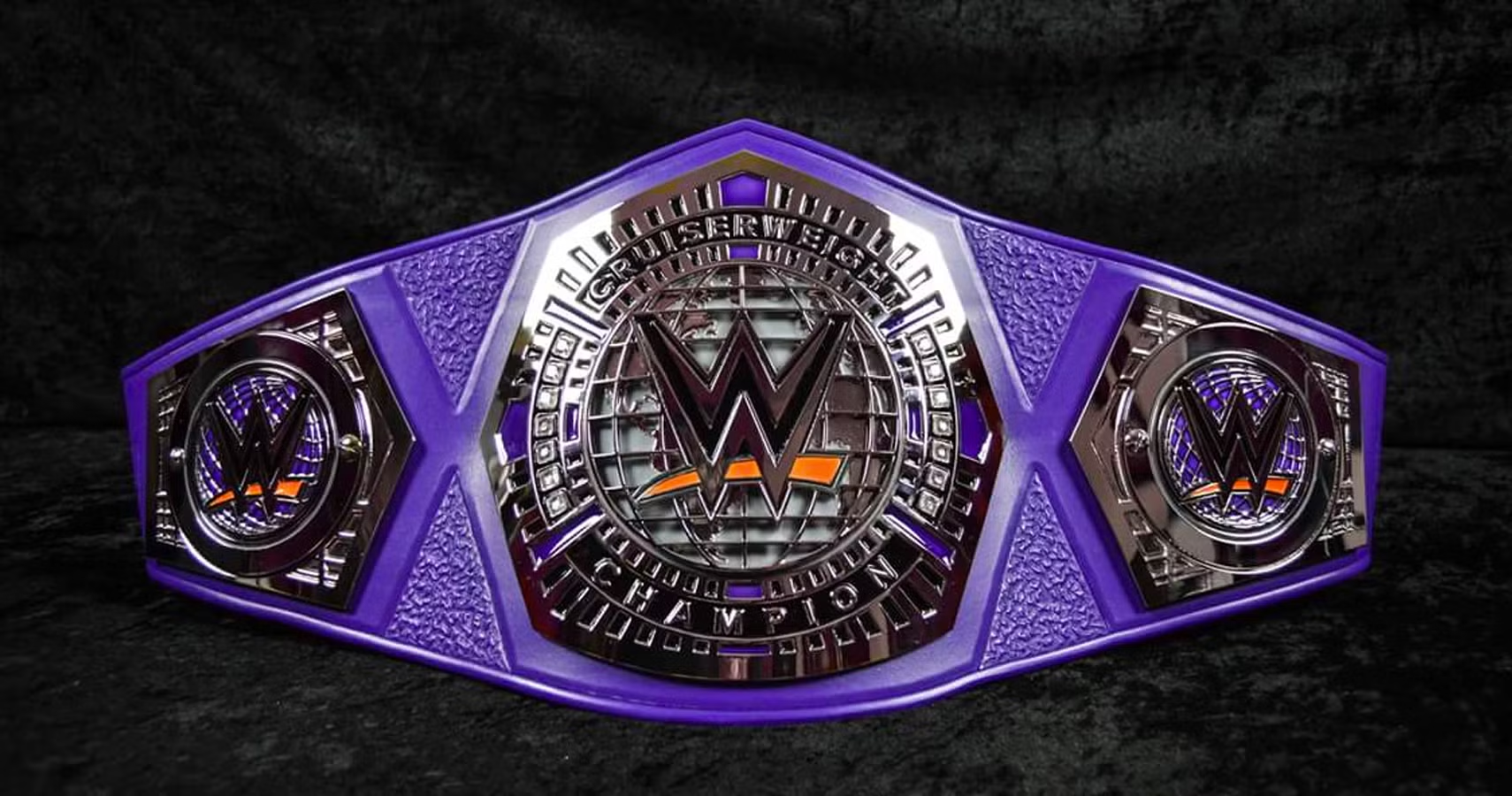
When WWE revived the Cruiserweight Championship in 2016, expectations were high. The division was fueled by the success of the Cruiserweight Classic, and a new generation of high-flying, technical wrestlers like Neville, Buddy Murphy, and Cedric Alexander brought unmatched excitement to the ring. The title quickly became a highlight of 205 Live, and when incorporated into Monday Night Raw, it added diversity to WWE’s weekly programming.
However, despite its unique style and consistently great matches, the Cruiserweight Championship struggled to get consistent creative focus. The division often felt like an afterthought on Raw, and though 205 Live had loyal fans, it never gained mainstream traction.
By 2022, WWE quietly retired the championship, merging it with the NXT North American Title. This move left a void for smaller, athletic superstars who didn’t fit the mold of typical heavyweights. Had WWE integrated the division more thoroughly across brands, the Cruiserweight Championship could have become a consistent launching pad for future stars, rather than being an overlooked division with unrealized potential.
2. WWE Women’s Tag Team Championships (1983–1989): An Early Step for Women’s Wrestling
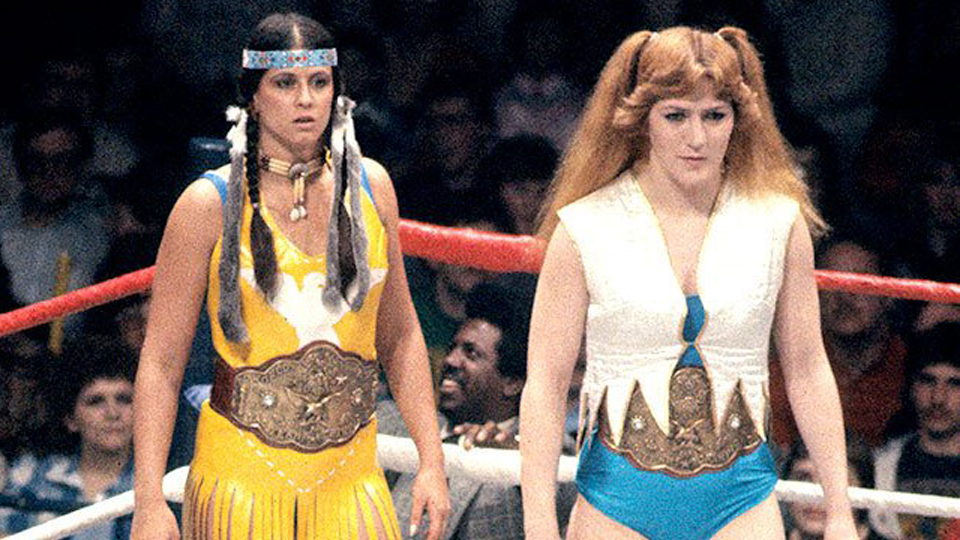
Long before WWE’s current Women’s Tag Team Championships, there was an original set introduced in 1983. Held by trailblazing teams like The Glamour Girls (Leilani Kai & Judy Martin) and The Jumping Bomb Angels, these titles offered a platform for women to shine in a time when female wrestling opportunities were limited.
The women’s tag division was a breath of fresh air, showcasing not only charisma but serious wrestling ability. The matches between The Glamour Girls and The Jumping Bomb Angels, especially at Royal Rumble 1988, showed the potential of what women’s tag team wrestling could be.
Yet by 1989, WWE retired the titles without giving them proper development. A lack of teams and consistent booking contributed to their short run. Today, with WWE’s renewed focus on women’s wrestling, it’s hard not to wonder what could have been if these championships had been nurtured and allowed to evolve. These original titles could have laid the groundwork for generations of women’s tag teams long before WWE reintroduced them decades later.
3. WWE Hardcore Championship (1998–2002): A Fan-Favorite Gone Too Fast
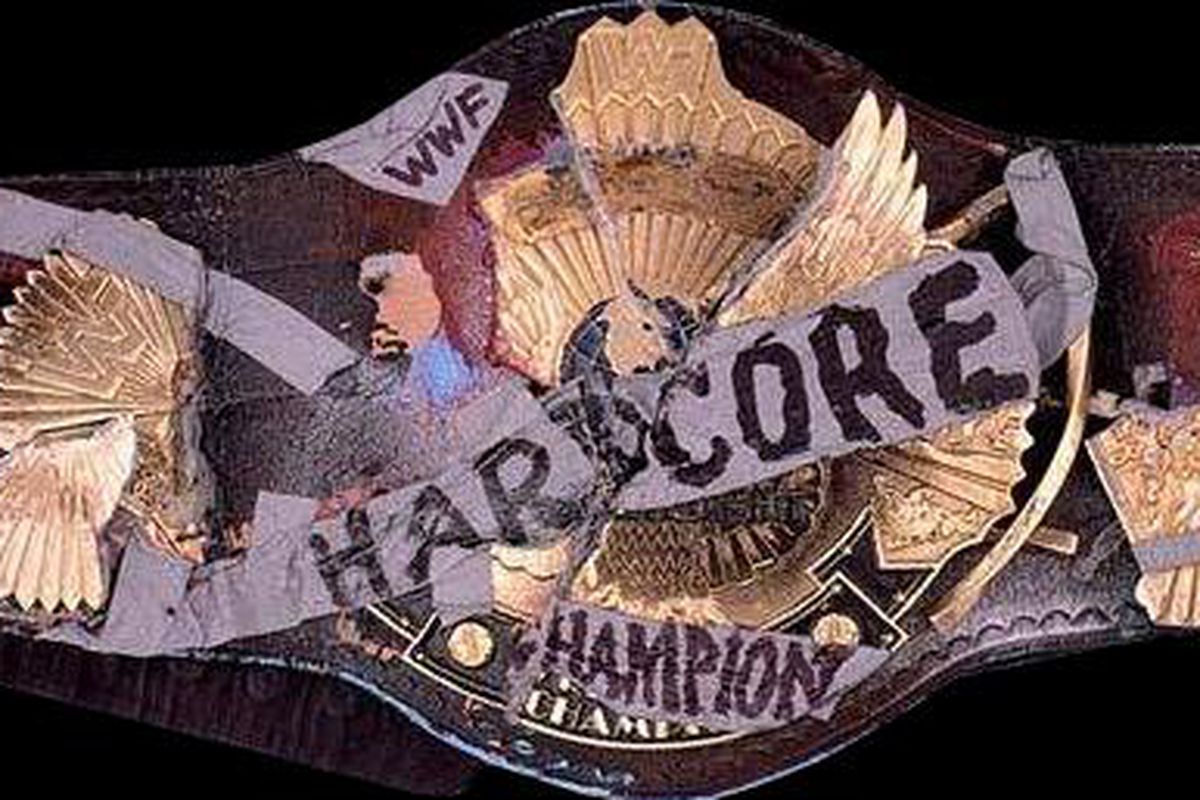
Few titles captured the wild energy of WWE’s Attitude Era like the Hardcore Championship. Introduced in 1998, the belt became synonymous with chaos, with legends like Mick Foley (Mankind), Hardcore Holly, and Crash Holly making the title famous. The “24/7” rule, where the title could be defended anytime and anywhere, led to some of the most unpredictable and entertaining moments on WWE television.
Despite its strong fan following, WWE retired the Hardcore Championship in 2002, merging it with the Intercontinental Championship during a title unification. Though WWE would later bring back similar concepts — including the 24/7 Championship — none quite matched the original Hardcore title’s gritty appeal.
The Hardcore Championship added an edge to WWE programming that is often missed today. In an era where the company balances between PG content and more mature themes, a modern, creatively booked Hardcore title could provide a unique space for underutilized stars and create viral moments that resonate with today’s audience. Its retirement left a gap for fans who crave unpredictability and high-stakes, no-rules action.
4. World Tag Team Championships (1971–2010): The Legacy Titles That Defined a Generation
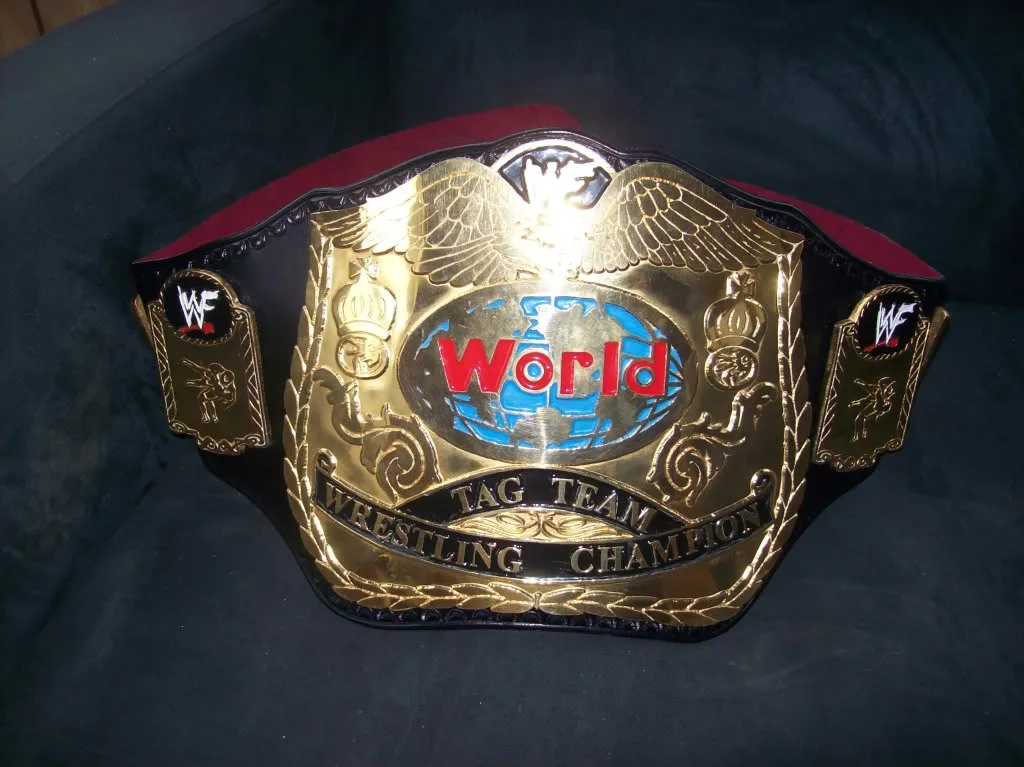
Few titles carry as much prestige as the World Tag Team Championships, established in 1971. These belts were held by legendary teams like The Hart Foundation, The British Bulldogs, Edge & Christian, The Dudley Boyz, and The Hardy Boyz. For decades, these titles represented the peak of tag team wrestling in WWE.
However, in 2010, WWE unified them with the WWE Tag Team Championships, effectively retiring one of the company’s most historic prizes. While unifying the belts was intended to streamline a division that had seen fluctuations in quality, it also ended the lineage of a championship that symbolized an era when tag team wrestling thrived in WWE.
Since then, tag team wrestling has seen ups and downs in WWE, and though new titles exist today, none carry quite the same historical significance. The World Tag Team Championships were more than just belts — they were a badge of honor for teams who defined WWE’s golden years of tag team competition. Their premature end robbed newer teams of the chance to carry on a rich legacy, and many fans still feel nostalgic about their iconic design and history.
Why These Titles Mattered and What WWE Lost
Each of these championships served a crucial role — from representing underappreciated divisions to elevating specific talents. The Cruiserweight and Hardcore titles added variety, giving fans matches that broke from the typical WWE formula. The original Women’s Tag Team Championships gave women a stage for team-based storytelling long before WWE embraced a broader women’s evolution. And the World Tag Team Championships were a symbol of excellence in a division that helped shape some of the company’s greatest moments.
Retiring these titles too soon didn’t just take away a belt — it took away opportunities for storytelling, wrestler development, and fan engagement. While WWE has brought some championships back over time, like the modern Women’s Tag Team Titles, the magic and history associated with the originals can’t always be replicated.
As WWE continues to evolve, there’s always the hope that lessons from these retired titles influence future decisions. Fans appreciate variety, history, and meaningful championships — something these four titles brought to the table before being gone too early.
Final Thought: The wrestling world thrives when championships hold weight, tell stories, and give stars something to chase. These WWE championships, gone before their time, remind us how valuable well-booked titles are to keeping fans invested and superstars rising.

